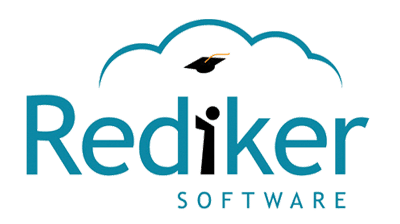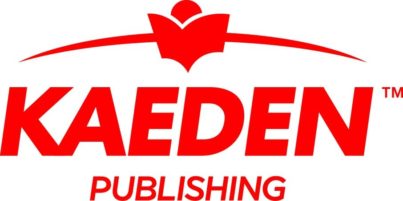By Ashley Cruz
For a generation raised on iPads and smartphones, keeping technology out of K-12 classrooms is simply not an option anymore. Although there is still some debate over the benefits of using electronics in education, more schools are opting to teach the next generation by speaking their language: instruction through technology.
Many schools have increased their expenditure on various classroom technologies, including computers, e-readers and learning software. Yet despite the decreasing cost of these items, some schools still struggle to maintain the hardware, software and infrastructure necessary to support technology-driven education initiatives. Therefore, administrators and procurement professionals must be mindful of market conditions for these items, including their price trends, longevity, and total cost of ownership.
The function of computers in classrooms is rapidly evolving. Teachers have realized that computers give students access to a wealth of information and resources that can be integrated into everyday learning, and may be more effective than traditional instruction.
In fact, the National Center for Education Statistics estimates that more than 71% of the population age three and older now uses the Internet. Because most students today enter the classroom with a working knowledge of computers or smart devices, students no longer need instruction on how to operate personal computing devices.
Although most schools are replacing a portion of their traditional desktop computers, the fastest-growing segment of education technology spending continues to be mobile computing devices. In fact, mobile devices comprise an estimated 62% of all instructional technology spending in elementary and secondary educational institutions, according to Futuresource Consulting.
Spending on tablet computers and e-reader devices has been rising during the past three years, although laptop computers continue to be the most popular personal devices in educational settings due to the higher processing speed and power capabilities needed for some educational applications, including online standardized testing.
There are several other reasons why personal computers and e-readers are the top choice for technology investments in most schools. One reason is that prices for these devices have been falling as production costs have declined and the technology has grown more efficient.
According to IBISWorld, laptop and tablet devices carry a moderate to high total cost of ownership. Software is one of the most significant additional costs, and it often dictates how effectively mobile technology resources are implemented in the classroom.
Although teachers can supplement learning with a variety of free online resources, schools often purchase learning management software to provide teachers with more targeted applications for their coursework that also meet evolving privacy requirements.
Learning management software can be used to implement self-guided study techniques, customize content for students, assess their skill level and provide parent and administrator access to track students’ progress. These software programs are increasingly being offered through cloud-based deployment (software as a service), which allows students to access the programs remotely and continue their practice from home. However, education procurement professionals are often wary of cloud-based programs, instead opting for hosted software (software as a product), which has far greater security capabilities.
Cloud-based software is generally cheaper and more flexible, and is thus the preferred deployment method for most business buyers. Unfortunately, software that is stored on the cloud is more susceptible to unauthorized access or hacking. The Family Educational Rights and Privacy Act (FERPA) requires all student information to remain confidential, including data that is electronically stored.
As a result, education buyers tied down by privacy restrictions are often required to use hosted software to ensure that student information remains secure. Moreover, the security requirements for electronic standardized tests, which are starting to overtake traditional paper-and-pencil tests in number, necessitate that schools use hosted software for such applications.
Purchasing new technology always carries certain risks, including the possibility that the next technological advancement will render current hardware or software obsolete. As such, procurement professionals must weigh the benefits and drawbacks of each technology purchase to build the best foundation for educating a more tech-savvy generation of students.
Ashley Cruz is the procurement research analyst for IBISWorld, one of the world’s leading publishers of business intelligence, www.ibisworld.com.






